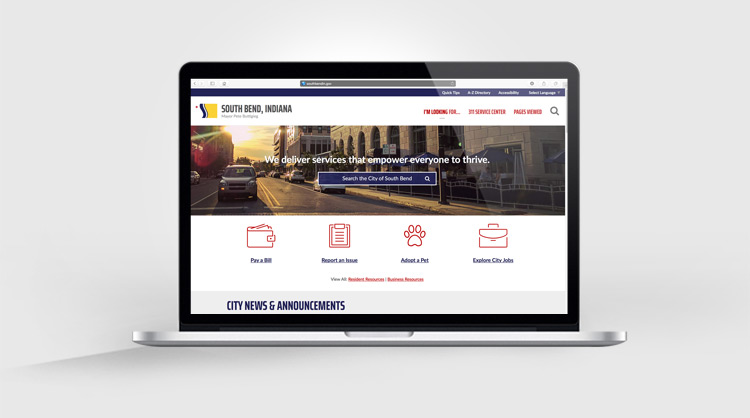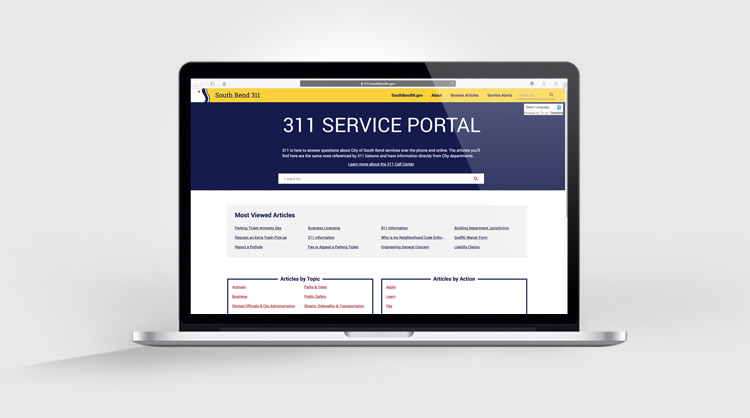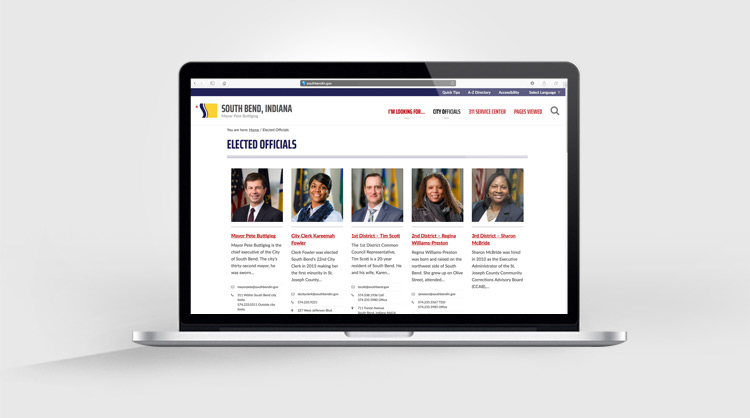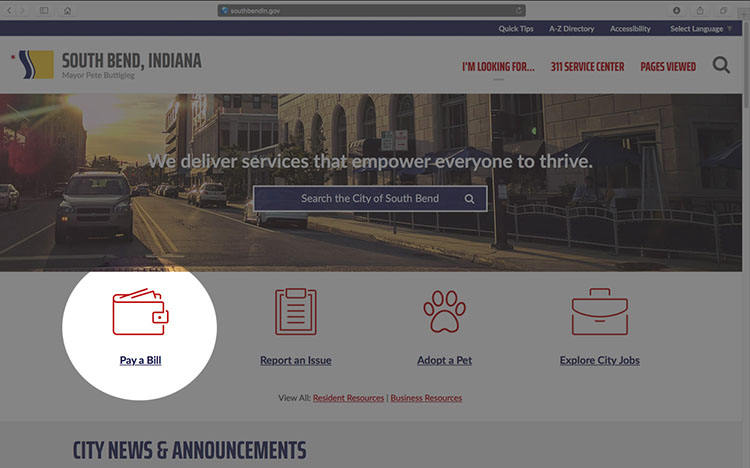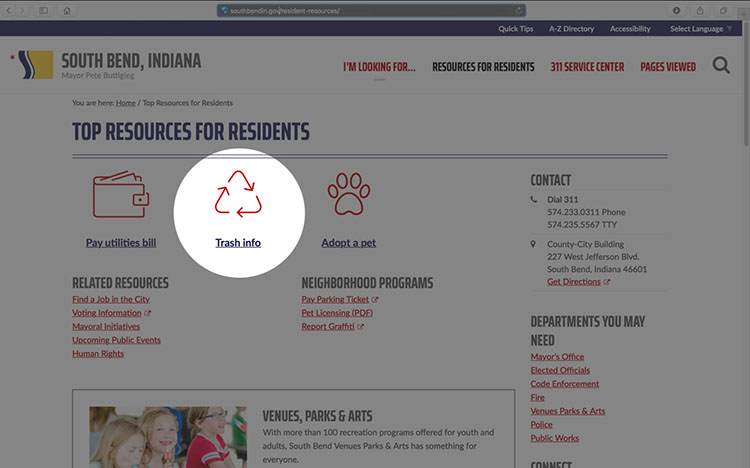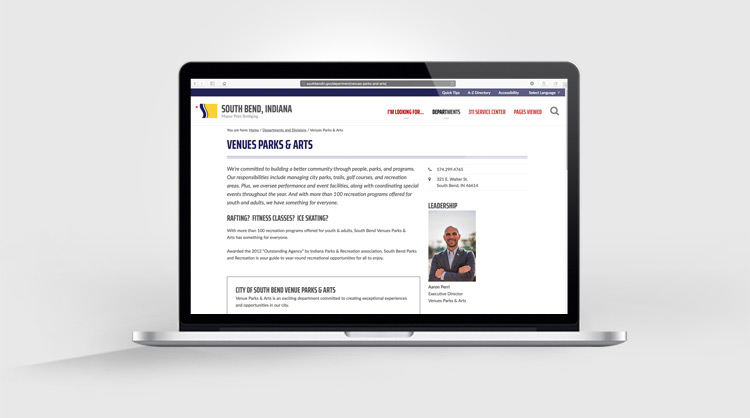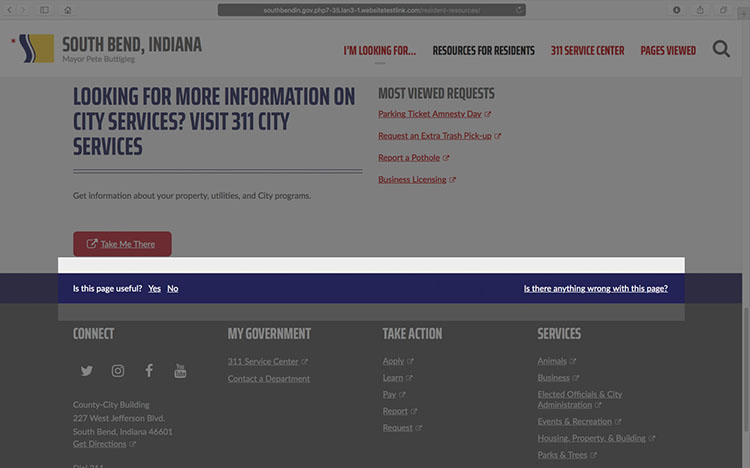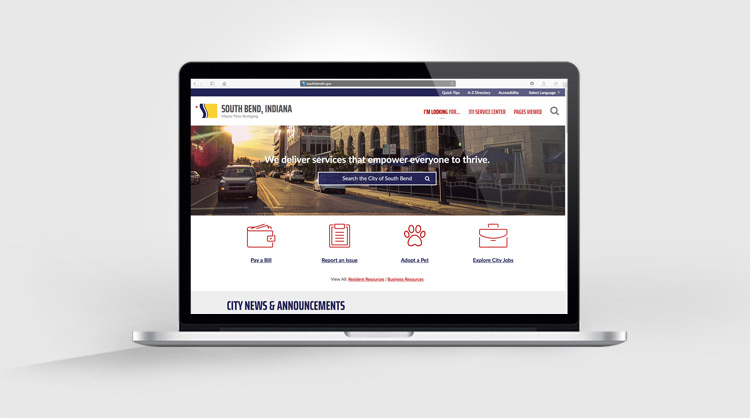Summary
The South Bend Group Violence Intervention (SBGVI) unites community leaders around a common goal: to stop gun violence and keep South Bend’s highest risk citizens alive and out of prison. SBGVI is a partnership among 30 community leaders from law enforcement, government, education, civil service, health-care and faith-based agencies. Based on a proven model developed by David M. Kennedy, director of the National Network for Safe Communities at John Jay College of Criminal Justice, SBGVI advocates direct, sustained engagement with street groups that cause the majority of South Bend’s gun violence. The strategy empowers community members to set clear moral standards against violence in their communities and reclaim a voice in the way they want to live. It coordinates the efforts of local, state and federal law enforcement to focus crime prevention efforts on the groups most associated with gun violence. SBGVI also draws on the expertise of social service providers to offer group members a path away from violence.
Why use the term “Group” instead of “Gang”?
The purpose of SBGVI is to reduce violence and to stop the killing.
Research finds that most homicides and shootings are committed by members of highly active street groups—these groups are gangs, drug crews, and the like. All gangs are groups, but not all groups are gangs.
According to the National Network for Safe Communities, an exclusive focus on gangs, which is often understood to include notions like organization and leadership, will exclude a significant number of groups that contribute heavily to serious violence, such as loosely affiliated neighborhood drug crews.
The National Network’s experience shows that focusing on whether a particular city has gangs, or whether a particular group is a gang, is an unnecessary distraction that does not serve the goal of reducing violence because attention and resources are too narrowly directed. Many high-rate offenders associate in loosely affiliated groups—and these groups drive serious violence. Many, and often most, such groups will not fit the statutory definition of a gang. Nor will they meet even the common perception of what constitutes a gang. Such groups may or may not have a name, common symbols, signs or tags, an identifiable hierarchy or other shared identifiers.
Plan/History
Why Group Violence Intervention?
South Bend is committed to using a proven approach to addressing group-related violence. This approach has been implemented in dozens of cities across the U.S. The group violence intervention approach has proven that violence can be dramatically reduced when community members and law enforcement join together to engage directly with these groups and clearly communicate:
a credible, moral message against violence
a credible law enforcement message about the consequences of further violence
a genuine offer of help for those who want it
According to the National Network of Safe Communities, the key moment in the strategy is a “call-in”—a face-to-face meeting between SBGVI partners and members of groups.
At call-ins, the partners deliver key messages to group members:
that the violence is wrong and has to stop
that the community needs them alive and out of prison and with their loved ones
that help is available to all who accept it
and that any future violence will be met with clear, predictable, and certain consequences
Group Violence Intervention: An Implementation Guide
Access a free, comprehensive guide to the National Network’s Group Violence Intervention strategy here. This guide covers all relevant steps to the strategy from initial planning and problem analysis to enforcement actions and call-in implementation, and further considers issues of maintenance, integrity, sustainability and accountability to offer interested parties a step-by-step guide to successfully implementing GVI in any jurisdiction.
People
SBGVI is administered by working group members, a stable core of representatives from law enforcement, the community, and social services, who meet regularly and coordinate the actions of their respective operational teams. The group includes community members and representatives of organizations including:
City of South Bend
Community Foundation of St. Joseph County
Faith Apostolic Temple
Goodwill Industries of Michiana, Inc.
Imani Unidad
Indiana University South Bend
Memorial Hospital
South Bend Common Council
South Bend Heritage Foundation
South Bend Police Department
St. Joseph County Circuit Court
St. Joseph County Juvenile Justice Center
St. Joseph County Prosecutor’s Office
U.S. Attorney’s Office
University of Notre Dame

